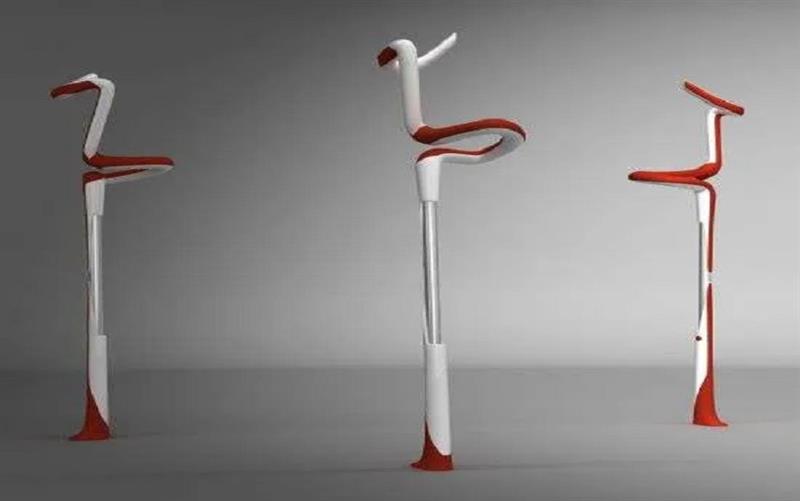
A walking stick or cane (sometimes referred to as the "third leg") can make every stride forward significantly safer when seeking stability to move securely or simply to lean on and take a break.
Using a walking cane or walking stick can make life more easier and keep you independent and self-assured at a time when you might require aid walking or moving from one place to another. Using walking aids can help you keep a better posture, avoid cramps, muscular aches, and joint pain.
For a long time, the phrases "walking canes" and "walking sticks" have been used synonymously, despite the fact that each of these mobility aids has a distinct function.
The functional distinctions between a walking stick and a walking cane are slight. Walking sticks are used to maintain balance on uneven ground, such as during trekking or hiking, whereas canes are meant to bear more weight and are constructed with support in mind.
Difference between Walking sticks and Walking Canes:
Therefore, the practicality and functionality of walking sticks and walking canes are their primary distinctions. A walking stick serves as a walking accessory or sporadic support whereas a cane is advised as a long-term mobility aid. For long-term use, canes are safer, more pleasant, and more durable than walking sticks.
How to Decide Whether to Use a Cane or a Walking Stick
You must make sure that the mobility aid you choose fulfills the goal for which it was purchased. Here are some crucial elements to think about before making a choice:
- While walking sticks are typically favored to be used to keep good balance and are not as functional as canes, doctors typically recommend using canes when recovering from injuries or surgery.
- Walking sticks are preferable for sporadic use, such as on hikes or when walking on rough terrain, whereas canes are best for daily use.
- Walking sticks are typically held in front of the user whereas canes are meant to be held to the side of the body. Medical insurance firms also provide coverage for some canes.
- Walking sticks are basic and more of a fashion statement while canes have extra functions like replacement handles and lights that can be attached.
- The majority of canes can be folded and easily stored in a bag or purse. Lightweight, strong, and portable, collapsible canes are ideal for carrying everywhere.
Medical professionals frequently recommend using mobility aids for people with disabilities or injuries, especially the elderly and those who are at danger of falling. There are many different mobility aids available, but walking sticks and canes are two common, unobtrusive, and straightforward forms.
The similarities between these implements raise the question: What distinguishes a walking stick from a cane?
The primary distinction between a walking stick and a cane is, in essence, their purpose. A temporary tool, walking sticks are generally used for support and balance when climbing or traversing uneven terrain. Walking canes, on the other hand, are mobility aids created to relieve strain on an uncomfortable joint.
Both devices offer several advantages to people who are prone to falling and hurting themselves, despite these variances. They give the user independence and mobility without requiring assistance from others, which is also a great boost for self-esteem and confidence.
However, deciding which form of assistance is ideal for you can frequently be difficult. As a result, we compare and analyze walking sticks vs. canes in-depth in this post to make it easier for you to understand and select the appropriate mobility aid for your requirements.
Walking Cane Overview
Walking canes have a similar function to crutches in that they support the user's weight. Canes let you move around more easily by shifting your weight from your legs to your upper body. When appropriately applied, they lessen strain on the legs rather than the arms and wrists.
According to estimates, 1 in 10 Americans over the age of 65 use a cane to help them navigate around, making them a reasonably common item for long-term usage among the elderly.
Perhaps one factor contributing to this high rate of use is the wide variety of cane options available, each with a unique set of advantages:
Canes with four feet at the base, commonly referred to as quad canes or 4-prong canes, offer excellent stability and balance since they evenly distribute the user's weight.
One kind of cane, known as a forearm cane, supports the forearm to help disperse pressure from the wrist to the arm.
A type of cane called an adjustable cane can be adjusted to the user's height and occasionally even folded. In exchange for more flexibility, they typically offer less stability.
Walking Stick Overview
Walking sticks still have some value, but they might be more appropriately categorized as accessories than as mobility aids. The most frequent temporary use of walking sticks is for certain activities, like hiking. They are not made to support an individual's entire body weight, and typically the handles are constructed in a way that makes it difficult to entirely rely on them.